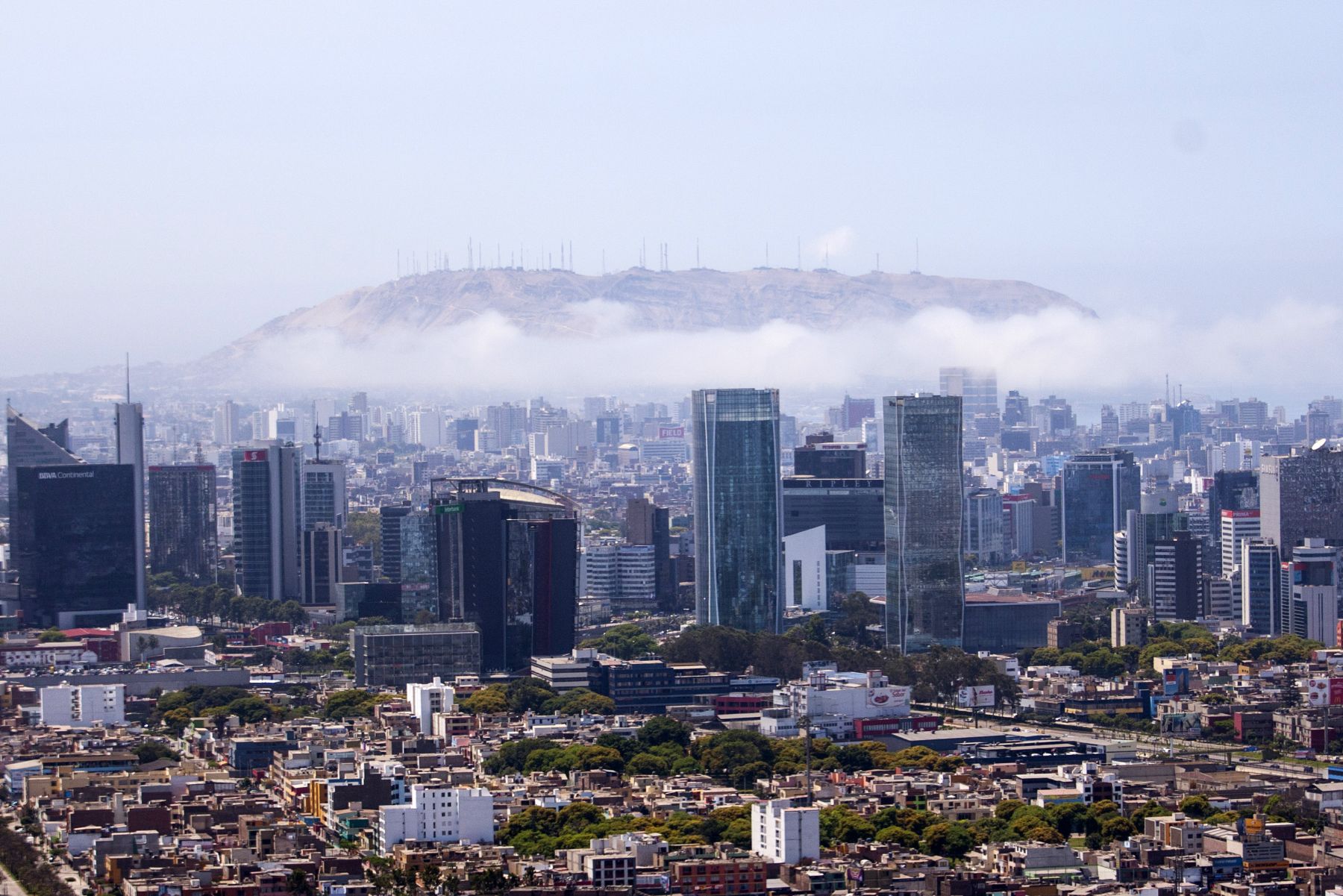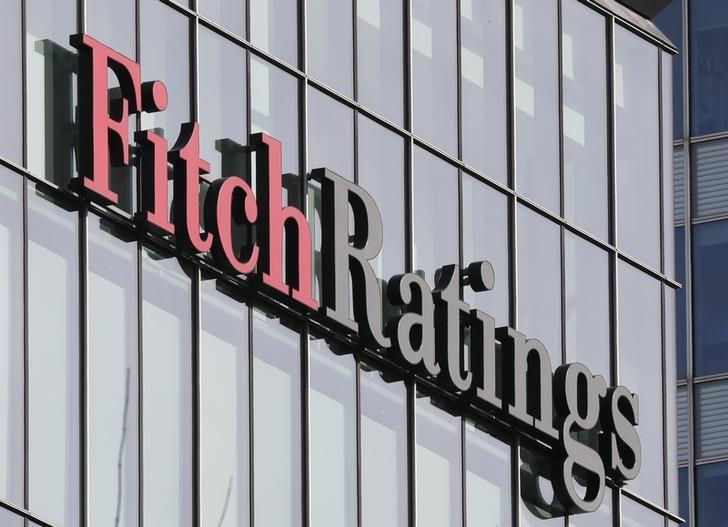RIO DE JANEIRO, BRAZIL – The Negative Outlook reflects Peru’s weakened government balance sheet, deterioration of policy predictability as a result of congressional passage of populist measures in recent months, and Fitch’s expectation of continuing challenges to reduce fiscal deficits to levels consistent with debt stabilization.
The weakening of political cohesiveness and institutions since 2016 could undermine the capacity of the next government to implement wide-ranging fiscal, political, and productivity-enhancing economic reforms. In addition, periodic executive-legislative tensions and political instability cannot be ruled out in the coming years.
Peru’s strong macro institutions and external finances continue to support the ratings. Peru’s lower income per capita, social and governance indicators below the current ‘BBB’ medians, and vulnerabilities from a high commodity export dependence, financial dollarization, and low government revenue base are rating constraints.

Recurrent executive-legislative political tensions and cabinet instability since 2016, reflected in four presidents (including three in November 2020), two congresses, and high cabinet turnover, have stalled progress on reforms and have curbed economic growth. Risks to governability and reform could persist if the party and allies of the president elected at the April 11th, 2021 polls do not secure sufficient (44 of 130) congressional seats to pre-empt ministerial and presidential censure.
This could further complicate the next government’s capacity to close by 2022 a government-projected 1.5% of GDP revenue gap, likely requiring a tax reform, to meet the current government’s fiscal adjustment mapped in the medium-term fiscal framework. Productivity-enhancing reforms to raise Peru’s potential growth, namely labor flexibility and increasing business formalization, are also politically controversial.
Structural features lessen the risk that the April elections (which feature an open field of 23 presidential candidates) would produce major policy shifts or undermine Peru’s open, free-market economic model. The presidential run-off (potentially June 2021) has typically seen top candidates’ agendas hew toward the center or center-left. Strong macro institutions supported by the economic chapter of the constitution (an amendment to which requires the votes of two consecutive congresses, a high threshold), restrains the president.
The impact of the pandemic is projected to lift the general government deficit to 8.3% of GDP in 2020 (the rolling 12-month deficit was at 7.7% in November), less than the budgeted 10.7%. Numerous pre-election congressional initiatives have undermined the predictability of policymaking and added fiscal pressure in the near and medium term.
The planned withdrawal from the ONP public pension plan, effectively a current transfer, would add an estimated 2.3% of 2020 GDP of additional financing needs likely in 2021. The administration (MEF) is challenging this law in the constitutional tribunal. Fitch currently treats this as a contingent liability.
Two extraordinary withdrawals from private pension (AFP) funds (totaling 6% of GDP) will adversely affect the long-term savings in the private pension system. Budgetary constraints on the process of public salary increases in collective bargaining agreements were lifted and new permanent transfers effective in 2022 from the central to regional government legislated.
Peru’s deficit-reduction strategy faces downside risks. Fitch expects a cyclical economic recovery to reduce the general government deficit to 5.9% of GDP in 2021, slightly less than the budget, on our expectation that public investment will be under-executed.
However, Fitch forecasts a 5.2% of GDP deficit in 2022 (above the 3.3% of GDP indicated in the medium-term budget) given the 1.5% of GDP in permanent revenue gap the government has projected, a 0.2% of GDP impact of the increased transfers to regional governments, and expected social pressure that may slow withdrawal of economic stimulus.
General government debt is projected at 33.1% of GDP at end-2020, well below the current ‘BBB’ median of 52.7%, reflecting a history of fiscal prudence. However, interest/revenues of 8.7% and government debt/revenues of 181% this year exceed the current ‘BBB’ medians of 7.4% and 139%, respectively.
Fitch expects Peru’s government debt will reach 37.6% of GDP in 2022, higher than the authorities’ revised projection of 36.8% of GDP as of mid-December. Fitch’s fiscal forecasts differ as a result of the revenue gap, congressional spending measures, and guarantees called related to the Reactiva business credit program (maturing 2021-2023, which are not estimated in the budget). The government waived its fiscal rules for 2020-2021 to address the pandemic as many sovereigns did globally.
The government’s long-term treasury issuance was exceptionally light this year, at 0.04% of GDP between 1Q20-3Q20, to avert further pressure on the local market originating from private pension withdrawals, while it drew on 3.6% of GDP of government assets (exhausting the stabilization fund), issued USD7 billion in long-dated global bonds (3.6% of GDP) including Peru’s first century bond, and drew multilateral credits.
Fitch expects the government to continue to rely on partial deposit funding next year, lowering deposits to around 5% of GDP by end-2021 from 11% of GDP in 2019 and leading to a pronounced rise in net debt relative to ‘BBB’ median, albeit still below it. Fitch expects a greater focus on capital market issuance during 2021-2022 as buffers are exhausted.

Peru’s economy is forecast to contract by 12% in 2020, one of the worst recessions in the ‘BBB’ category and in Latin America. The stringent shutdown in response to the pandemic during the second quarter curtailed key mining exports and investment, and hit household consumption, an effect amplified by a weak social insurance system and near 70% pre-pandemic labor informality.
Peru ranks third worldwide for coronavirus deaths per 100,000 population. The urban middle class is expected to diminish and poverty to rise. The re-opening of copper mining and other export sectors reignited Peru’s recovery in 3Q2020 when the contraction markedly slowed to 9.4% yoy from 30% yoy in 2Q2020.
Fitch forecasts real GDP growth of 9% in 2021 and 4% in 2022, anchored by rekindled Chinese copper demand and the statistical effect of this year’s recession. Non-mining investment is likely to be restrained in 2021 by pre-election uncertainty and legal restrictions on pre-election public investment, before picking up in 2022. Peru’s five-year average real GDP growth slipped below the ‘BBB’ median by 2019 and Fitch believes the health crisis may have diminished the country’s medium-term growth potential; while sensitivity to copper has also increased since 2015.
Fitch expects the Central Reserve Bank of Peru (BCRP) to maintain its unprecedented stimulus through at least 2022 as the negative output gap remains. Inflation expectations for the next two years are at the low end of 2%+/-1pp inflation target. Inflation was 2.1% yoy in November.
BCRP’s monetary policy rate of 0.25% is the lowest in South America, and the central bank has deployed more than 8% of GDP in credit facilities for business loans and a short-term treasury repo facility for private pension funds responding to legislated pension withdrawals. Local-currency lending supported by the BCRP’s liquidity stimulus has lowered credit dollarization (a rating constraint) to 22% in October from 26% in January.
Peru’s external finances remain a credit strength. The net external creditor position of 103% of current external receipts in 2020 is stronger than the 35% net external debt of the current ‘BBB’ median, and the international liquidity ratio is above 200% of current external liabilities (including non-resident holdings near 50% of local treasuries). Fitch expects the current account deficit, 1.2% of GDP in 2020, to remain small, financed by mining FDI, and aided by firm copper prices during 2021-2022.
The Peruvian sol has depreciated 8.7% year to date against the US dollar, less than other Latin American currencies. Peru’s international reserves totalled USD76.2 billion as of 9 December 2020, and BCRP secured an USD11 billion flexible credit line from the IMF in May 2020 for two years. In the event of election-related FX volatility, Fitch expects that BCRP will continue to intervene with FX swaps (USD2.3 billion outstanding, December) and certificates of deposit (USD1.9 billion, December).
Fitch revised Peru’s banking sector outlook to negative in March reflecting coronavirus risks to the real economy and banks’ asset quality and profitability. The Peruvian banking sector maintains its loss absorption capital buffers and had strong pre-pandemic provisioning levels, which, along with BCRP liquidity support, has enabled it to offer timely credit support to the economy amid the steep contraction in 2Q20.

